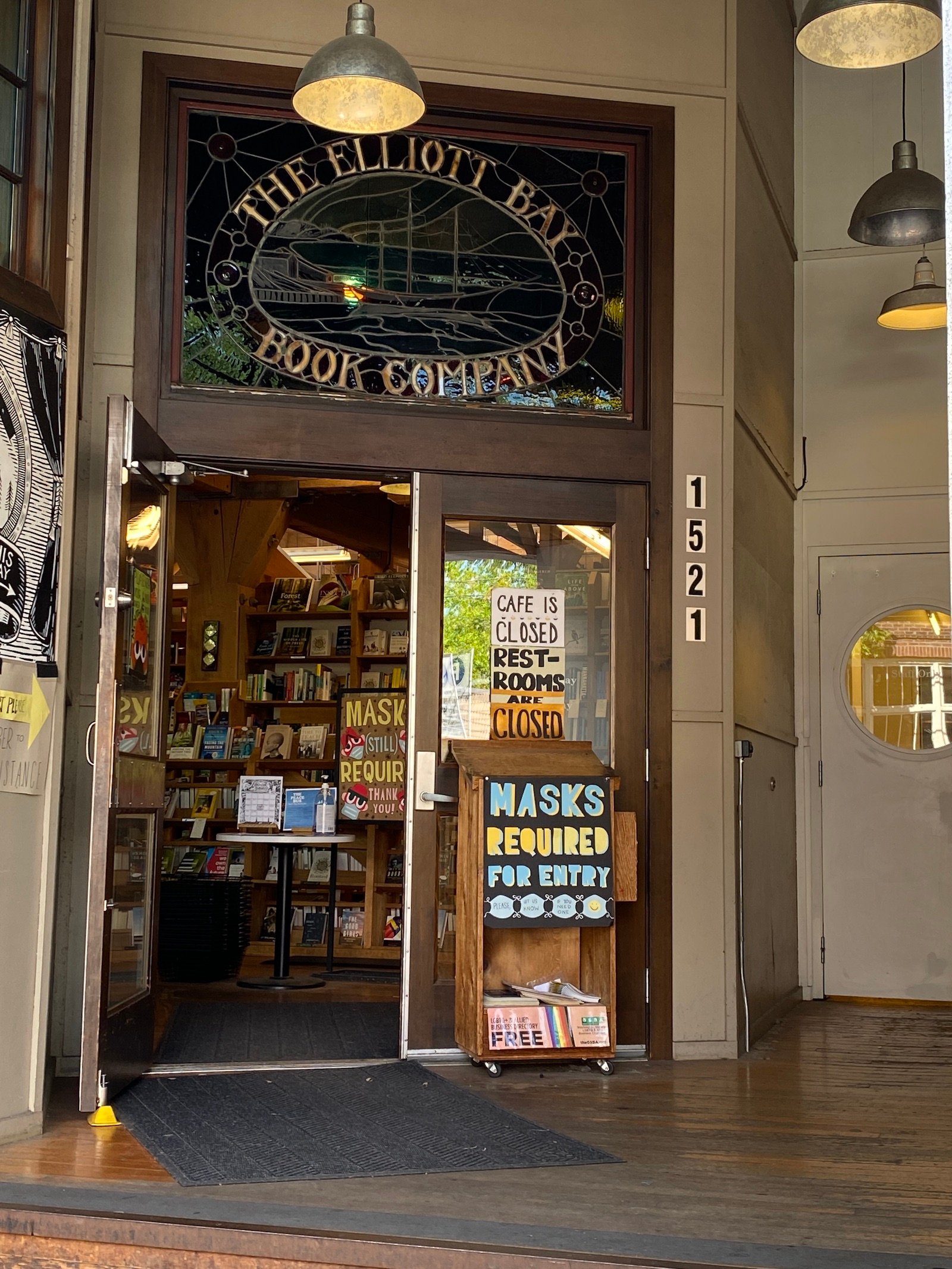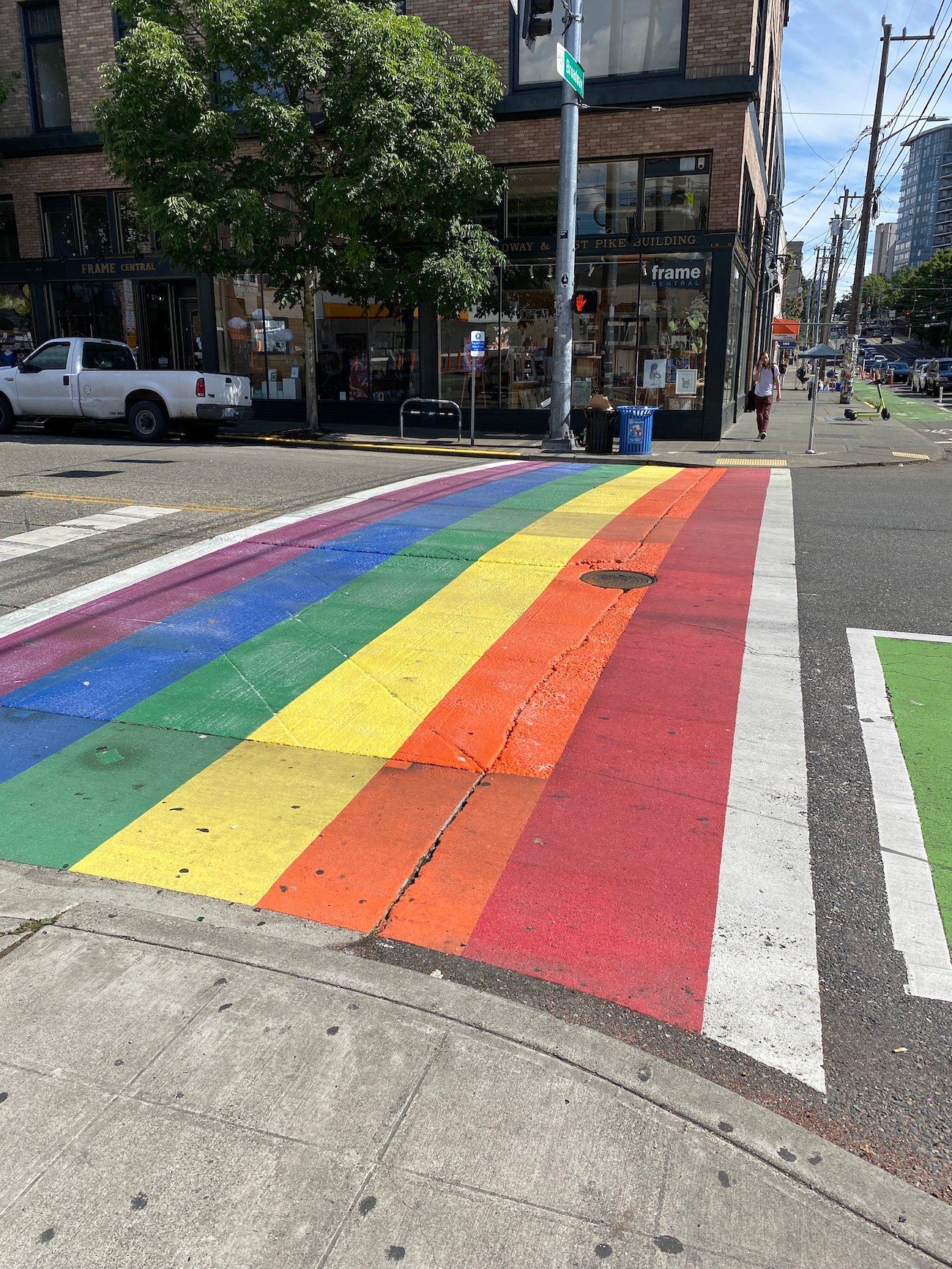The Pike-Pine Corridor: From Auto Row to Cultural Epicenter of Capitol Hill
Seattle’s Pike-Pine Corridor is more than just a collection of streets—it’s a living story of transformation. Nestled in the heart of Capitol Hill, this iconic neighborhood has evolved from a hub of industry to one of the city’s most dynamic cultural centers. Whether you're new to Seattle, looking to relocate, or just visiting, the Pike-Pine Corridor offers a glimpse into the soul of the Emerald City.
A Ride Through Time: Streetcars and Auto Row
By the turn of the twentieth century, electric streetcars were humming up Pike Street, connecting downtown Seattle with First Hill and Capitol Hill. The ease of transportation turned the Pike-Pine Corridor into a bustling artery for commerce and innovation. As automobiles became a status symbol of modern life, the neighborhood evolved into Auto Row, packed with car dealerships, garages, and mechanics. These sleek showrooms once defined the character of the area.
Over time, as tastes and transportation changed, so did the Corridor’s identity. From Auto Row, it became Furniture Row and then Decorators’ Row, reflecting a neighborhood constantly reinventing itself.
Urban Decline and the Birth of a New Community
By the mid-twentieth century, as car dealerships relocated and wealthier residents moved to the suburbs, the Pike-Pine Corridor fell into economic decline. But as often happens in urban stories, what looked like loss became opportunity.
Vacant showrooms and storage spaces were transformed into lofts and creative studios. Artists, musicians, and free thinkers moved in, drawn by low rents and open-minded neighbors. The area became a haven for Seattle’s emerging LGBTQ+ community, offering both affordable housing and a sense of belonging.

Grunge, Grit, and Growth
The 1980s and 90s saw the Pike-Pine Corridor at the heart of Seattle’s grunge movement. Venues like Neumos, the legendary Linda’s Tavern and Re-Bar became hotbeds of music, creativity, and rebellion. If walls could talk, these ones would scream Nirvana lyrics and echo the sounds of late-night jam sessions and underground poetry slams.
The neighborhood thrived as a cultural outpost—raw, real, and unapologetically different.
Preserving History, Embracing the Future
Since 2009, Seattle has implemented various preservation initiatives to maintain the unique character of the Pike-Pine neighborhood. The Pike/Pine Conservation Overlay District was established to help balance new development with the area's historic charm. In 2010 and 2017, the city updated the neighborhood design guidelines to better support the retention of historic buildings, maintain the appearance of the neighborhood and integrate arts and small businesses. These efforts aim to preserve the neighborhood's identity while accommodating growth and change.
Thanks to these efforts, remnants of the past live on in the architecture, even as new apartments, cafes, and boutique shops emerge. It’s not unusual to see a high-end condo nestled beside a century-old auto showroom now housing a tattoo parlor or co-working space.
Why People Still Flock to Pike-Pine
Today, the Pike-Pine Corridor is a vibrant, walkable hub known for its nightlife, diverse dining, indie shopping, and rich LGBTQ+ history. It continues to attract people of all backgrounds—young professionals, creatives, longtime locals, and newcomers alike.
If you're considering moving to Seattle or just exploring neighborhoods with deep roots and undeniable character, Pike-Pine is worth a closer look.

Read More and References
- The Pike-Pine Corridor by RJRE;
- Seattle Neighborhoods: Capitol Hill, Part 2 by John Caldbick
Thinking of making Pike-Pine your home?
We can help you find a space that fits your style and spirit in one of Seattle’s most iconic neighborhoods. Contact RJRE today at (206) 323-0800 to learn more about available homes in the Pike-Pine Corridor and Capitol Hill. Click here to view current listings in the Pike-Pine Corridor.

